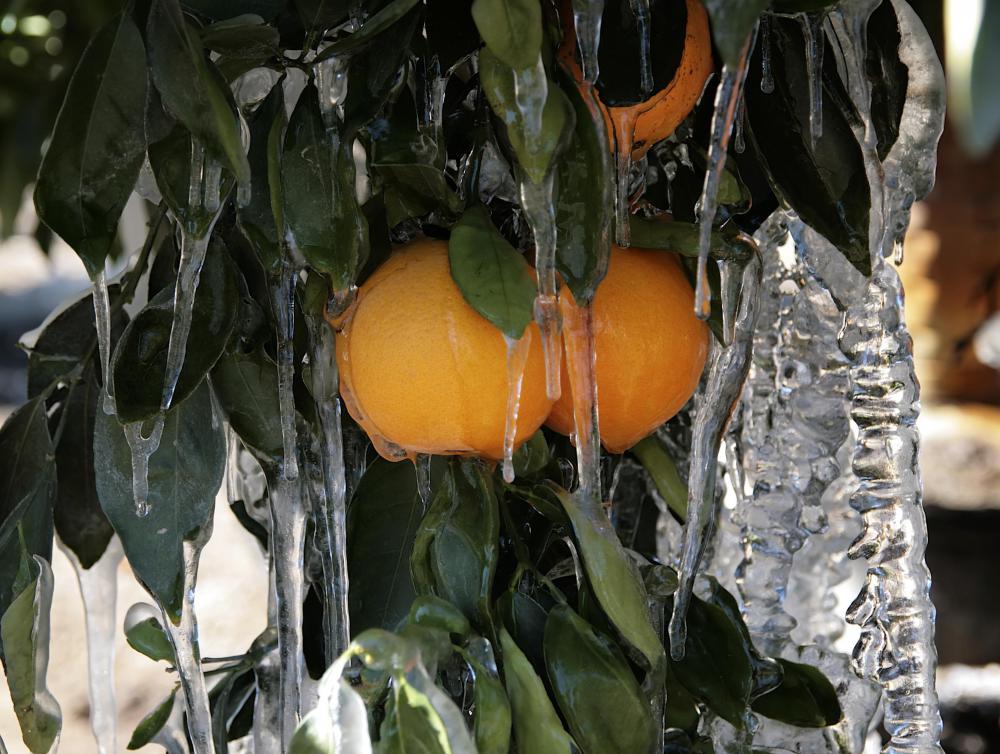At WiseGEEK, we're committed to delivering accurate, trustworthy information. Our expert-authored content is rigorously fact-checked and sourced from credible authorities. Discover how we uphold the highest standards in providing you with reliable knowledge.
How Do I Choose the Best Mandarin Orange Tree?
When choosing a healthy mandarin orange tree, there are a handful of important things to consider. The first is whether the tree will be planted indoors or outdoors, and local climate generally dictates this. The chosen sapling should also be healthy, but dormant. Checking potential saplings for disease, infestation, and signs of dormancy is the last step for choosing a mandarin orange tree that will thrive and bear tasty fruit.
Mandarin orange trees are typically much smaller than trees that bear full-size oranges. These small, intensely sweet fruits are usually brighter in color with thinner skins than their larger cousins, making them easier to peel. Having one of these trees as an indoor container plant, or as an outdoor addition to a sub-tropical garden, not only enhances the area with bright colors and pleasant scents, it also usually gives the gardener a ready source of delicious fruit.

Before purchasing a mandarin orange tree, gardeners must consider their climate. Those living in the Mediterranean regions, the southern United States, and other sub-tropical and tropical climates may plant their mandarin orange tree outdoors. Gardeners making homes in areas with seasonal changes in autumn and winter should generally plan to plant their trees in a container. This choice is important, because gardeners planting outdoors may choose a larger sapling than those who must raise the tree indoors.
The second step to choosing a mandarin orange tree usually involves inspecting a selection of plants. Gardeners should inspect the bark and leaves of each tree, looking for boring holes, discoloration, mold, and scarring. Any of these things could mean that the tree is infested with destructive insects or has some kind of disease. Trees without these markings are generally healthy and should thrive if cared for properly. Outdoor gardeners may choose a sapling up to 3 feet (about 95 cm) tall, while indoor gardeners should find a sapling no more than 2 feet (about 63 cm) tall.
A mandarin orange tree should also be dormant when being transplanted from one place to another. Dormant trees will have large, glossy green leaves but no fruit or blossoms. They also do not typically smell like oranges — normally, only a mandarin orange tree getting ready to blossom and fruit emits this scent. Transplanting a dormant tree allows the sapling to focus on making new roots and establishing itself rather than splitting its energy between producing fruit and roots. Allowing the sapling to establish itself typically allows for a better mandarin orange harvest later.
AS FEATURED ON:
AS FEATURED ON:











Discussion Comments
When you are attempting to grow a mandarin orange tree in less than ideal conditions, choosing the right type of tree is even more important. People living in climates that get colder than recommended for the average mandarin tree should definitely buy an Owari Satsuma mandarin tree.
This variety of tree is more hardy and virtually guaranteed to produce fruit when they are given a reasonable amount of care. They are not affected by the frost, so this is a plus in many climates. The fruit on these tree ripens in the late fall or early winter and does not have to be picked immediately.
I guess because I grew up in a region where it was not ideal weather for growing oranges I always believed that raising a mandarin tree was very difficult.
Along with the tips mentioned in this article, you should keep track of how much water your mandarin orange tree is receiving. One of the biggest mistakes people make when attempting to grow these trees is they give them too much water.
When the trees are over watered, the roots remain wet for extended periods and this can cause the roots to actually begin to rot, even though the plant may appear fine when you look at it and only see the parts that are above ground.
The wet roots can also encourage the growth of fungicides that will potentially kill the trees. The better drainage provided by the soil, the better chance that you will avoid these problems.
Post your comments